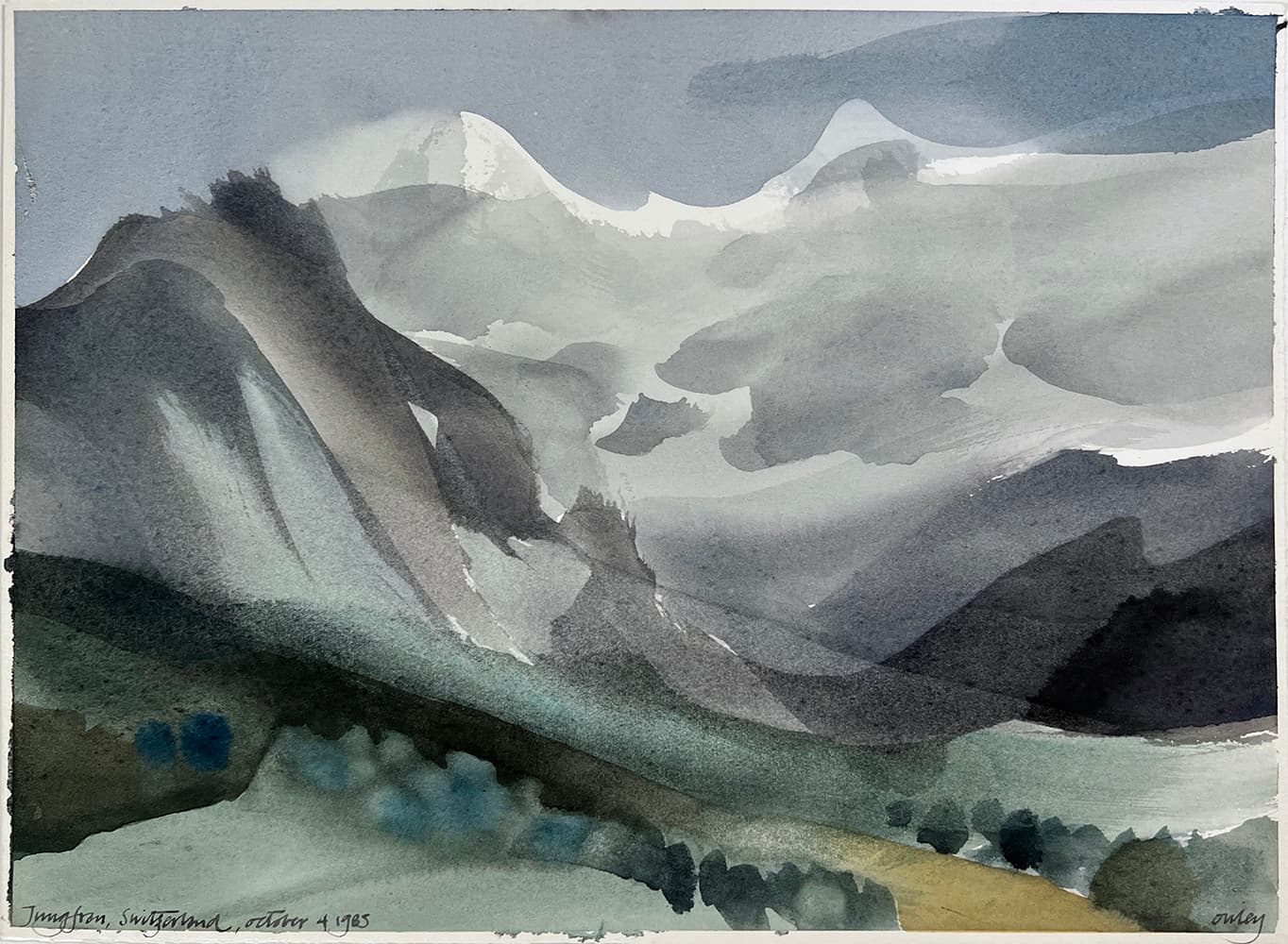February 24 - March 13, 2024
Toni Onley: Plein-Air

Jungfrau, Switzerland, 4 October 1985
Toni Onley

East Point Saturna Island, 27 July 2003
Toni Onley

Outer Islands, Georgian Bay, 25 Aug 1989
Toni Onley

Pebble Beach, California, 12 Oct 1996
Toni Onley

Sycamore Cove, CA, 31 Dec 2001
Toni Onley

Hoodoos, Kluane Park, Yukon, 1990
Toni Onley

Walta Lake, Kauai, 25 December 1976
Toni Onley

White Oaks, Malibu Hills
Toni Onley

Samuel Island, BC, 12 February 2000
Toni Onley

Tholt-y-Will, Isle of Man, 24 June 2002
Toni Onley

Pier Marazion, Cornwall, 31 May 1981
Toni Onley

Installation 2 – entrance
Toni Onley

installation 3
Toni Onley

installation 4
Toni Onley

installation 5
Toni Onley

installation 6
Toni Onley

installation 7
Toni Onley

installation 8
Toni Onley

installation 9
Toni Onley

installation 10
Toni Onley


















